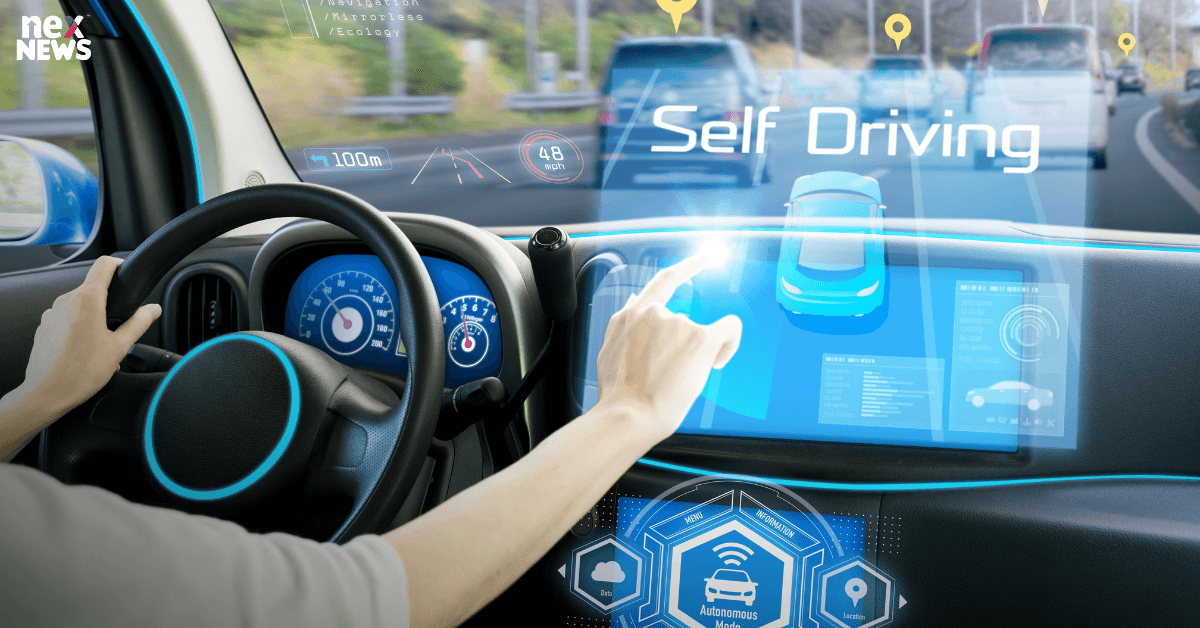Introduction
Technology is moving forward really fast and it's kind of hard to keep up. The more a country invests in new technologies, the more cool stuff it gets in the long run. This includes better roads and more job opportunities. Nowadays, technology is all about making our daily tasks easier without needing too much human help. Big names like Machine Learning, Artificial Intelligence, and Computer Vision are making this happen. Imagine this: cars that drive themselves! This cool technology is called Autonomous Cars. They can sense their surroundings and move around without someone steering them.
What Makes an Autonomous Car Tick?
So, how do these self-driving cars actually work? Well, there are a bunch of parts that come together to make them do their thing. They have special cameras that look out for traffic lights, read road signs, and keep an eye on other cars and things in the way. Radar sensors help keep track of where the car is and what it's up to. There are also Lidar sensors that find the edges of roads and lane markings. Even the wheels have Ultrasonic sensors that sense if there are other cars nearby. To top it off, there's a super-smart control system that takes all the information from these sensors and uses it to steer, speed up, and brake the car.
Exploring Autonomous Car Developments Worldwide
Plenty of projects focusing on self-driving cars are happening all around the world. Big technology companies and new startups are currently in the testing phase of these advanced vehicles. One pioneer in this field is Mercedes, who introduced the groundbreaking Distronic in 1999. This technology, found in the Mercedes-Benz S-Class (W220) and the CL-Class, marked the beginning of radar-assisted autonomous cruise control. The Distronic system was designed to sense nearby cars and adjust its speed to keep a safe distance. Notable players like Google Inc., Uber, Ford, General Motors, Nissan, and Tesla are investing billions in researching and developing this innovative technology.
The Landscape of Self-Driving Cars in India
Assessing India's Position in the Self-Driving Car Arena
Now, let's focus on the status of self-driving cars in India. Although the technology is still in its early stages, India is not far behind. The unique challenge here is the complexity of Indian roads compared to those in Western countries.
It's evident that the demand for autonomous vehicle technology is significant in India, and there's enormous potential for its success. However, the crucial question remains: Is India prepared for this technological leap?
Understanding Autonomous Cars in India
Let's start by figuring out why we need cars that can drive themselves in India. The roads here are notorious for having too many vehicles, causing a lot of traffic. The number of accidents and deaths on these roads is going up really fast. These are some big issues where self-driving cars could make a huge difference.
Rise of the Internet of Things and Self-Driving Cars
Because the Internet of Things is growing a lot, it seems like it will open the door for cars that can drive on their own. In India, Ola is one of the companies trying out pieces of this self-driving car technology. There are also many new businesses spending a lot of money on this technology. Here are some projects working on self-driving tech in India:
- Flux Auto
- Fisheyebox
- Netradyne
- Swaayatt Robots
- Ati Motors
Slow But Steady Progress
Even though the change is happening slowly, we're making progress. Self-driving tech won't just shake up the tech world; it's going to have a huge impact on the car industry too. The push for this technology has already started strongly in Bengaluru, with big tech companies like Infosys leading the way


POST A COMMENT (0)
All Comments (0)
Replies (0)